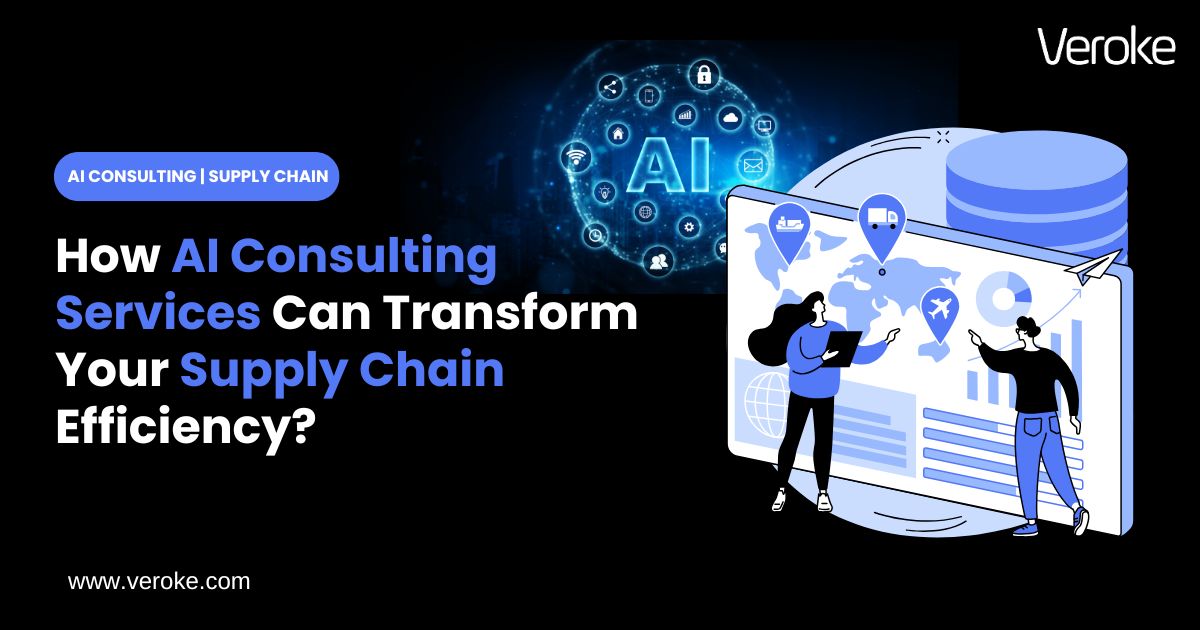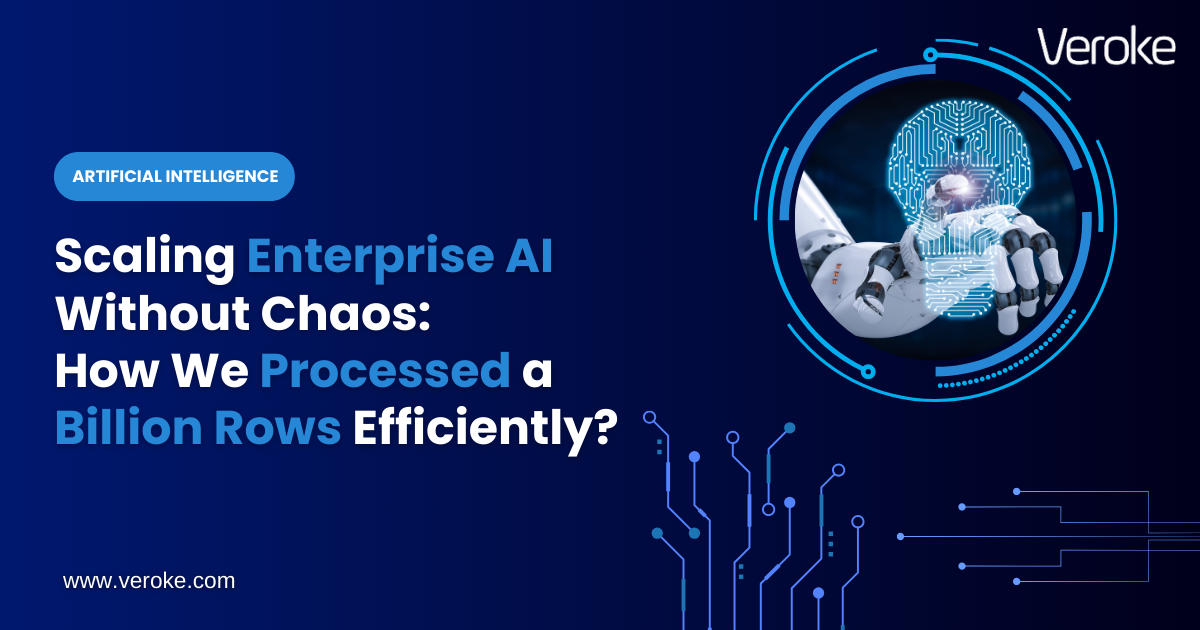Overview
Subscribe to Our Newsletter
Get expert guidance on various topics, resources, and exclusive insights
Building Secure and Scalable Software with Microservices Architecture
In the world of software development, Microservices architecture has gained immense traction among the development teams. As applications are becoming more and more complex nowadays, developers are now transitioning from monolithic architecture to microservices. That’s because it is capable of creating secure and scalable software.
Due to its high scalability, microservices have become a popular choice for software development. Big companies like Amazon, Uber, and Netflix have shifted from monolithic to microservice-based architectures, which demonstrates the reliability of microservices.
To delve deeper into the importance of microservices, here are some key stats that can’t be ignored:
According to Statista, in 2021, microservices were utilized by 85% of reputed companies. Not just that, companies have reported a 60% increase in productivity after implementing microservices.
Companies achieved 30% higher customer retention, 29% better customer data security, 29% faster time to market, and 28% improved app performance according to IBM market development and insights research.
Today, we’re diving into a comprehensive introduction to this microservices architecture and will be covering core concepts and advantages associated with this modern approach.
Understanding Microservices
Microservices, the backbone of modern software, consist of small, independent services collaborating seamlessly to create a cohesive application. Each service operates autonomously, tackling a specific task, and their communication is facilitated through APIs. This approach champions adaptability, simplifies maintenance, and accelerates development—a perfect fit for contemporary software needs.
To illustrate further, consider a scenario where the user authentication microservice extends its functionality by offering an API. This API enables the product catalog microservice to verify a user’s identity before retrieving and presenting product information. This seamless interaction between microservices demonstrates their effectiveness in building a robust and interconnected application.

What is Monolithic Architecture?
Now, let’s shed light on the counterpart—monolithic architecture. In simple terms, it refers to applications structured as large, indivisible units. What sets them apart is their rigid interconnectivity, making even minor code adjustments a challenge, often requiring a complete software version overhaul. Scaling such applications becomes a cumbersome task, as any enhancement to a single function necessitates a simultaneous boost to all aspects of the application.
Consider a scenario where adding a new feature or modifying existing code in a monolithic application triggers a domino effect, demanding a comprehensive reworking of the entire system. This lack of flexibility and scalability poses hurdles in meeting the dynamic demands of modern software development.
Advantages of Microservices
Microservices offer a wide range of advantages compared to conventional monolithic applications:
1) Agility
The ability to independently develop and deploy microservices facilitates seamless changes to the application without disrupting the entire system.
2) Scalability
Microservices empower independent scaling, simplifying the process of scaling up or down based on specific needs
3) Resilience
In the event of a failure in one microservice, others can continue functioning, enhancing the overall resilience of applications built on microservices.
While this architectural approach brings significant benefits such as enhanced scalability, flexibility, and agility. There are certain trade-offs to look for. Challenges like increased complexity, issues associated with distributed systems, increased operational overhead, team coordination demands, and potential performance trade-offs are factors that necessitate careful consideration.
Well, microservices architectures are a complex arrangement and organizations must evaluate the benefits and trade-offs carefully, taking into account their unique needs and requirements.
Best Practices for Building Software that Scales and Stands Strong
1. Decentralized and Independent Services
So, when we talk about microservices, think about breaking things down into smaller, independent chunks. Each chunk does its own thing and doesn’t rely too much on the others. This approach fosters loose coupling, separating concerns and enabling flexibility and scalability. By decentralizing services, your application becomes more adaptable and scalable, catering to changing business needs and market demands.
Observability and Monitoring:
It’s crucial to understand what’s happening in your system in a microservices architecture. Logging, tracing, and monitoring act like a superhero vision, allowing you to see deep into your applications. Exploring techniques for collecting and analyzing metrics, logs, and traces ensures a proactive approach to troubleshooting issues across different components, maintaining the health and performance of your microservices.
Security and Compliance:
When dealing with microservices, securing your system is a top priority. Best practices for implementing authentication, authorization, and encryption mechanisms are essential. Additionally, navigating industry regulations and data protection laws, such as GDPR and HIPAA, ensures compliance. Establishing proper security measures not only protects sensitive data but also builds trust and maintains the integrity of your microservices.
Communication and Coordination:
Effective communication and coordination between microservices are vital for a successful architecture. Delve into patterns and protocols for inter-service communication, like REST and gRPC. Explore strategies for managing service dependencies and orchestrating microservices interactions through service discovery, API gateways, and event-driven architectures. Seamless communication ensures smooth interactions and integration of services within your microservices architecture.
Scalability and Resilience:
The ability to scale and remain resilient is the backbone of microservices architecture. Dive into design principles for creating scalable systems, emphasizing horizontal scalability. Explore techniques for achieving fault tolerance and high availability through redundancy, replication, and effective error-handling strategies. Understanding how to design microservices systems that scale and withstand failures is key to constructing robust, high-performance applications.
A Comprehensive Walkthrough for Building Microservices Applications

Step 1: Setting Service Boundaries
Start by setting up boundaries of your services when it comes to building microservices applications. Think about how different tasks in your business can be handled independently. This step is super important because it lays the foundation for everything else in your setup.
Step 2: Designing Autonomous Microservices
Once you know the boundaries, it’s time to design individual microservices that can work on their own. Following some best practices, make sure these microservices can do their job without relying too much on others. This is key to getting the most out of your system.
Step 3: Implementing Communication Patterns
Effective communication between microservices is essential. Explore various communication methods, such as synchronous and asynchronous communication, event-driven architectures, and message-based communication. Understand the advantages and disadvantages of each pattern, and provide guidance on their effective implementation.
Step 4: Managing Data
Managing data in a distributed microservices system can be challenging because it is scattered. So, it is highly recommended to discuss strategies for data management, including shared databases, individual databases for each microservice, and event sourcing. Along with that, it is important to explore techniques for maintaining data consistency, replication, and synchronization in distributed systems.
Step 5: Ensuring Security and Compliance
Ensuring the security of microservices applications is vital to safeguard sensitive data and adhere to industry regulations. Employ best practices when incorporating authentication, authorization, and encryption mechanisms into microservices applications. On top of that, delve into considerations for compliance with industry regulations and data protection laws. The implementation of robust security measures and adherence to compliance standards are essential for establishing trust and preserving the integrity of microservices applications.
Step 6: Testing and Deployment Strategies
Before your microservices go live, test them out to make sure they work well on their own and together. Remember the strategies for testing microservices in isolation and in integration, including unit testing, integration testing, and end-to-end testing. Explore techniques for release management, such as blue-green and canary releases, to minimize downtime and ensure smooth updates of microservices applications.
Learn about different ways to update your microservices smoothly.
Step 7: Observability and Monitoring
Observability is crucial to understanding the behavior and performance of microservices applications. Emphasize the importance of logging, tracing, and monitoring microservices. Explore techniques for collecting and analyzing metrics, logs, and traces. Robust observability and monitoring are indispensable for ensuring the health and performance of microservices applications.
Step 8: Best Practices and Team Collaboration
Building microservices applications requires close collaboration among team members. Discuss best practices for team collaboration, encompassing communication, documentation, and versioning strategies. Explore coding and architectural best practices for microservices development, including microservices patterns, code organization, and error handling. Adhering to best practices and fostering a collaborative team culture are critical components for the success of microservices applications.
Summary
In a nutshell, the move towards Microservices architecture represents a strategic leap for IT companies aiming to build secure, scalable, and resilient software systems. By understanding the advantages, implementing best practices, and drawing inspiration from successful case studies, IT decision-makers can position their organizations for sustained success in the digital era.
If you’re diving into the world of creating modern and super-effective applications, understanding microservices is like having a secret weapon. And guess what? We at Veroke, offer a wide array of custom software development services to help you unlock this magic. Let’s turn your ideas into reality!
Transform your Ideas into a Digital Reality
Get customized bespoke
solutions for your business.




